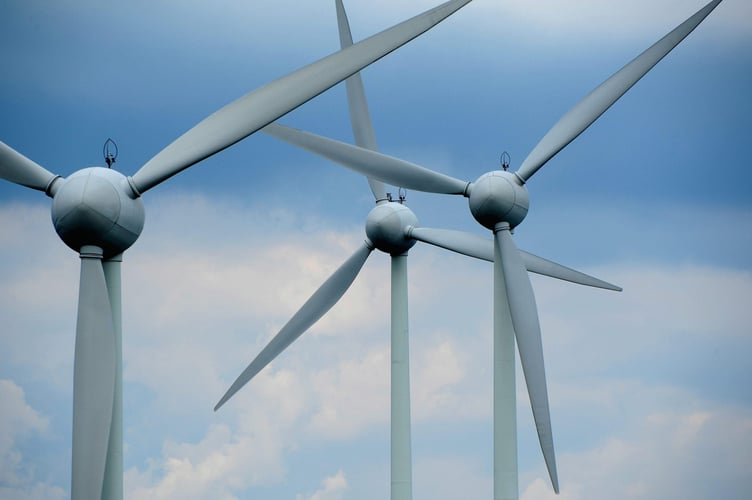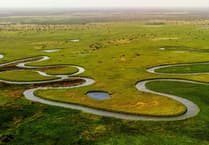The UK is the windiest country in Europe – around 40% of the continent’s wind blows around the UK. We were among the first to build wind turbines which are now coming to the end of their operational lives of around 25 years. By 2040, the UK will need to decommission around 250 turbines a year.
According to National Grid, it takes 3 to 5 months for a wind turbine to produce enough energy to cover the energy used in manufacturing it, and around 85% of a turbine is currently recycled. However, for wind turbines to be truly sustainable, we need to reuse all the materials they contain.
The steel tower is melted down and made into new steel. The shafts, gearing and electrical components, made from valuable metals like copper and aluminium, are reused. Even the concrete foundations can be recycled into aggregate for building materials or road construction.
The blades are not metal and are much harder to recycle. To make them light enough to harvest the wind’s energy but strong enough to withstand the forces of the wind, they are made of composite materials. They have a core of light balsa wood or plastic foam combined with glass-fibre or carbon-fibre reinforced polymers for strength.
Composite materials, which are also widely used in the aerospace industry to make aircraft wings and rotor blades, must be separated out into their constituent materials for recycling. Because there has been no economic way to do this, in the UK, old turbine blades are put into storage waiting for a solution.
Now, a Danish company, Vestas, the largest wind turbine producer in Europe, reports that it has developed a process using a liquid chemical solution to break down the plastic resin and separate the composite materials so that turbine blades can be made into new blades – it recycled 475 turbine blades in 2022. This process could also be used to recover historic blade waste, even waste that was put into landfill.
This is an example of the circular economy where industry recaptures the materials from waste to use as a source of materials to make new products, avoiding landfill, incineration, mining and pollution. This contrasts with our current linear economic model, where resources are mined, used, and then discarded, creating pollution and destroying natural habitats. Oil and gas are part of the linear economy as they can only be burnt once, creating pollution, and are produced by continuous extraction.
At a time of uncertainty with new import tariffs and trade wars, recovering materials from waste avoids the need to import raw materials and improves security of supply. Most of Europe already has a ban on landfilling wind turbine blades, so that valuable materials needed for the industry are recovered.
It takes government direction and legislation to achieve change. Prohibiting the use of landfill and incineration for composite materials in the UK would support our wind energy industry to become fully sustainable and would be a first step to achieving a circular economy.





Comments
This article has no comments yet. Be the first to leave a comment.